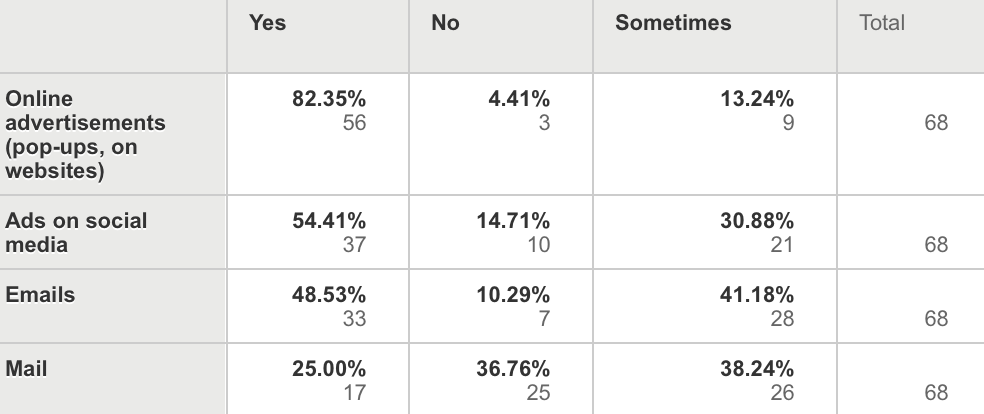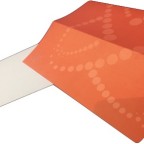 Establishing, but especially maintaining successful marketing strategies for your business continues to be a never-ending challenge for most.
Establishing, but especially maintaining successful marketing strategies for your business continues to be a never-ending challenge for most.
Marketing is fundamentally an act of persuasion, right? So, what are the elements that are necessary to effectively achieve “persuasion”? The first step to successfully persuading an audience is knowing your audience. If you don’t have a good idea of the demographics and characteristics of who you’re speaking to, you won’t have any way of knowing how to version your content and strategies to best suit their interests.
How do you determine who your audience is?
You don’t necessarily need elaborate, in-depth market research to define the age, location, behaviors etc. of your target audience. Considering what products or services your business provides should be the first and most obvious step to noting what will appeal to your customers. Your branding should already align perfectly with your target audience, without much effort. You also must take into consideration the level of your products or business. Are you low cost, high value or luxury? That will make a big difference in how, where and what you market.
Once you have that idea in your mind, you must consider a few things about those people. Who are they? How old are they? What gender are they? Etc. Once again, this information should be obvious. From that, you can then easily determine what sorts of things appeal to them.
Next step: Figure out what kind of information your audience is looking for and the best means to deliver it. Some questions you may ask yourself when determining content…
- What do they use our products/services for?
- What would they want to know about these products/services?
- What are new or different ways they could utilize our business?
- What questions do they want answered?
- How can we improve their current situation with our business?
- What can our business offer that people know little about?
- What makes us unique compared to competitors?
Some questions you may ask yourself when deciding on delivery…
- What does this group use to communicate?
- Is my group on the web or social media?
- If so– how old are they? This can determine which social media sites they are on.
- Where would be the best place to advertise my business? Where does my audience go? When does my audience do certain things?
Once you answer those questions. Consider your branding and how it could be tailored to align with the daily activities, etc. of those you’re marketing to.
Knowing your audience becomes especially crucial when stepping into the digital marketing era. Age and gender become a vital elements for this portion of your marketing plan to be fruitful. For example, if your audience is older, you may want to consider targeting your strategies towards sites that older generations are more likely to be on; such as Pinterest or Facebook. If your audience is younger, you may want to target more towards Twitter, Instagram and other emerging media. I see companies too often strongly pushing their content on media that their audience is likely unfamiliar with.
In addition, for older generations, they will look for different means of discovering information. They expect you to deliver to them all the information they could possibly need about your products or services. On the other hand, younger generations can discover these facts online easily. This generation would prefer that you teach them something new, show them new ways to use the products or tell them more about your company itself.
This also stands true for what type of business you are. Low cost, high quality or luxury. Luxury brands don’t have to say as much about themselves or their products because luxury brands usually sell themselves by simply being a luxury item. Low cost items need a lot more work to draw attention to and make people feel confident about the quality when purchasing. In addition, reflecting on which level your company falls into establishes which income level your customers are more likely to fall under. This is another crucial demographic when determining your marketing. 
Even if you are selling a service rather than products, you should be able to distinguish which category your business would fall under. For example, the healthcare sector–completely unrelated to low cost, high quality or luxury, but the categories can still be easily applied. Healthcare is never “low cost”, but factoring in where you’re receiving the care, as well as the quality of the care can be applied to these three categories. For low cost: I would see this as urgent cares, doc-in-a-box sort of businesses that can only provide a very basic level of care due to lack of a larger staff or complex equipment. High quality: free-standing physician offices and health centers; possibly even small, local hospitals where they obtain more equipment and more resources. Luxury: this would be prestigious, award winning research centers and major, reputable hospitals. All of these different kinds of centers are required to provide a certain level of care, but can be classified very differently–regardless of the fact they don’t actually sell any sort of product. Therefore, the marketing for each different kind of center would have to align with the cost, convince and quality of care you may receive at these various providers. Any type of business can and should be classified to help pinpoint what people are looking for when seeking out your type of business. What keywords they are typing in, what information they would like to have on hand or what your company can provide to fit their needs and income.
Knowing your audience and what they are looking for will better answer how you should market your business; while also allowing you to create a tone for all of your content that will align with what they find appealing. This knowledge will provide an edge for better SEO by utilizing keywords that your audience may use when searching out a product or service such as yours. Truly knowing who you’re marketing to will allow your marketing to be as successful as possible because you will know when and how to best reach these people.










 rate. This product has the ability to receive more attention in the mail than your everyday envelope, but with little cost to you.
rate. This product has the ability to receive more attention in the mail than your everyday envelope, but with little cost to you.


